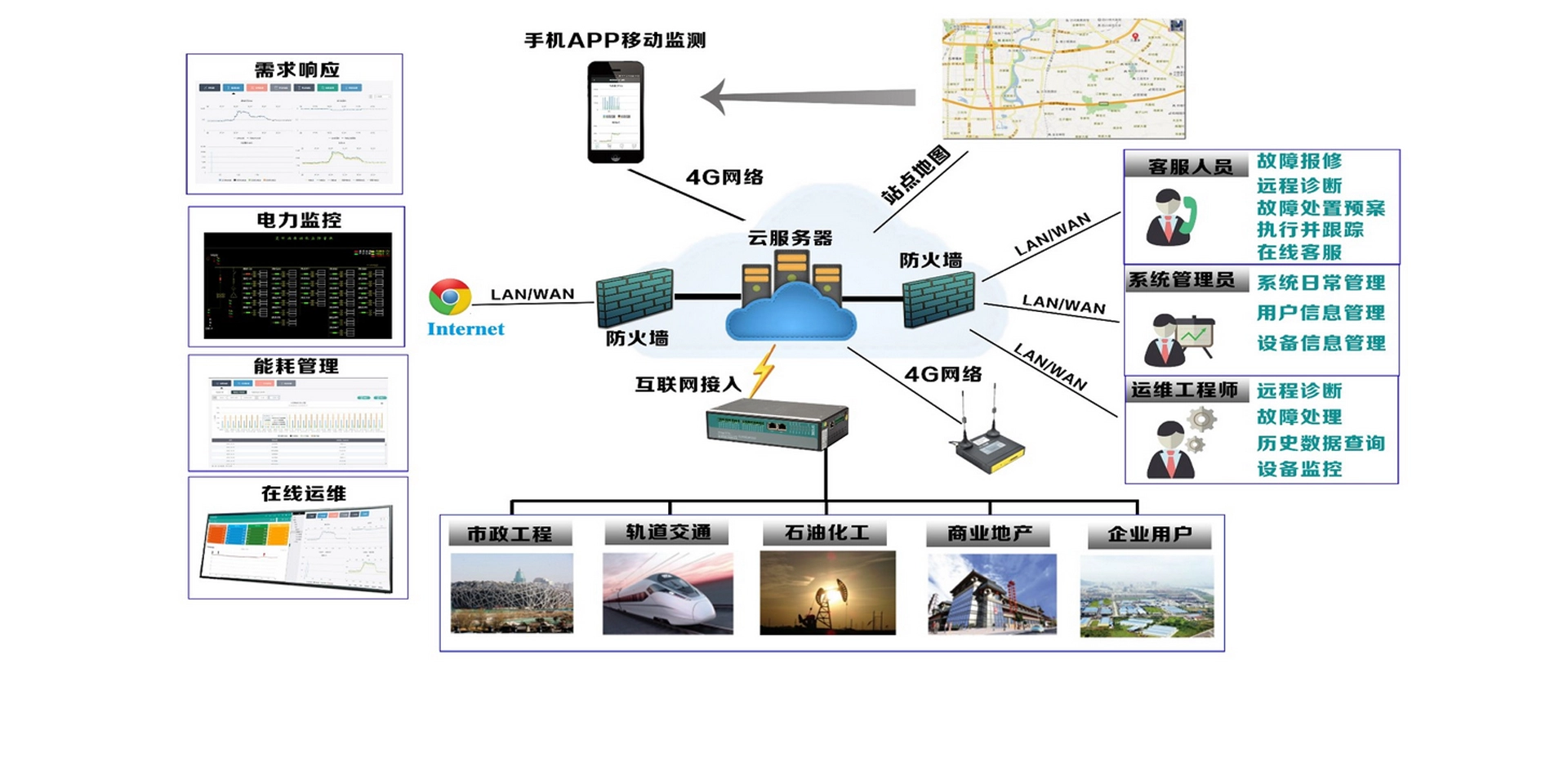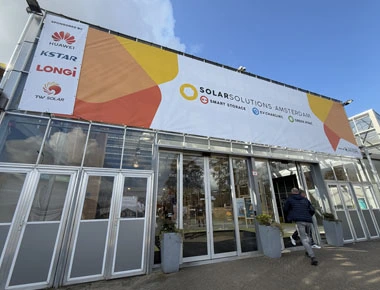Overview
The traditional operation and maintenance management methods of substations mainly rely on the actual experience and technical ability level of power distribution operation and maintenance personnel. Loss.
With the in-depth development of a new round of power system reform, the state's power demand side management work is also steadily advancing. The Ministry of Industry and the Ministry of Information issued the "Measures for the Evaluation of Industrial Enterprises Implementing Power Demand Side Management Work (Trial)" to consolidate the power demand in the industrial field. The basics of side management work. The demand for refined management of electric energy in enterprises is increasing day by day. On the one hand, it improves the internal management capability of the enterprise, and at the same time responds to the national power demand side management, reduces the cost of electricity consumption and improves economic benefits. The introduction of market competition by electricity sales companies has gradually broken the traditional monopoly of the electricity market, and microgrids and distributed generation have become new trends.
Guideline
GB50052-2009 "Code for Design of Power Supply and Distribution System"
GB50054-2011 "Code for Design of Low-Voltage Power Distribution"
GB2887-2000 "General Specification for Electronic Computer Fields"
GB/T 13729-2002 "Telecontrol Terminal Equipment"
GB/T 50063-2008 "Code for design of electrical installations and electrical measuring instruments"
GB14285-2006 "Technical Regulations for Relay Protection and Safety Automatic Devices"
DL/T814-2002 "Functional Specification for Distribution Automation System"
DL/T721-2000 "Distribution Automation System Remote Transmission Terminal"
DL/T5003-2005 "Technical Regulations for Power System Dispatching Automation Design"
GB50395-2007 "Code for Engineering Design of Video Security Monitoring System"
Introduction
The power remote operation and maintenance system mainly relies on the Smart Energy Management Platform of SFEY Cloud, which can realize refined management services of electric energy for enterprise users, unattended substation rooms, energy-saving analysis services, etc., and implement advanced management through modern Internet of Things technology. The concept and the means used by the perfect management system have completely transformed passive emergency repair into active operation and maintenance.
Remote operation and maintenance is mainly based on cloud platform services to achieve power monitoring, security and access control monitoring, etc., through the communication management machine to collect intelligent monitoring equipment at the measurement and control layer (power meters, microcomputer integrated protection devices, smoke detectors, temperature sensors, access control, cameras, etc.), The router gateway device uploads the data to the cloud platform, and the whole system adopts the B/S architecture. Customers can view the running status of the power distribution room in real time through the web terminal or mobile APP, so as to realize unattended or few people on duty.
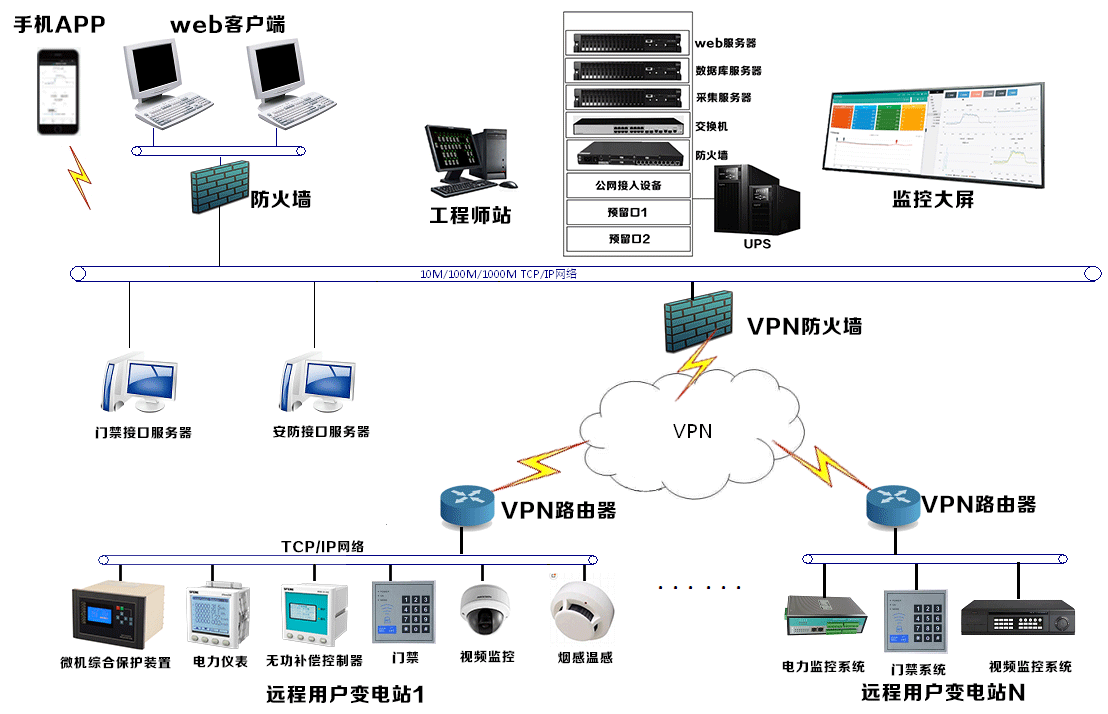
Hardware architecture
It is mainly divided into measurement and control layer, transmission layer, and application layer. The measurement and control layer mainly includes measurement and control acquisition equipment such as power meters, microcomputer comprehensive protection devices, transformer temperature controllers, environmental monitoring equipment and video monitoring equipment. The transport layer uploads the data collected by the measurement and control layer to the cloud server through the mobile operator network or Internet access. The application layer provides users with functions such as displaying real-time data and reports.
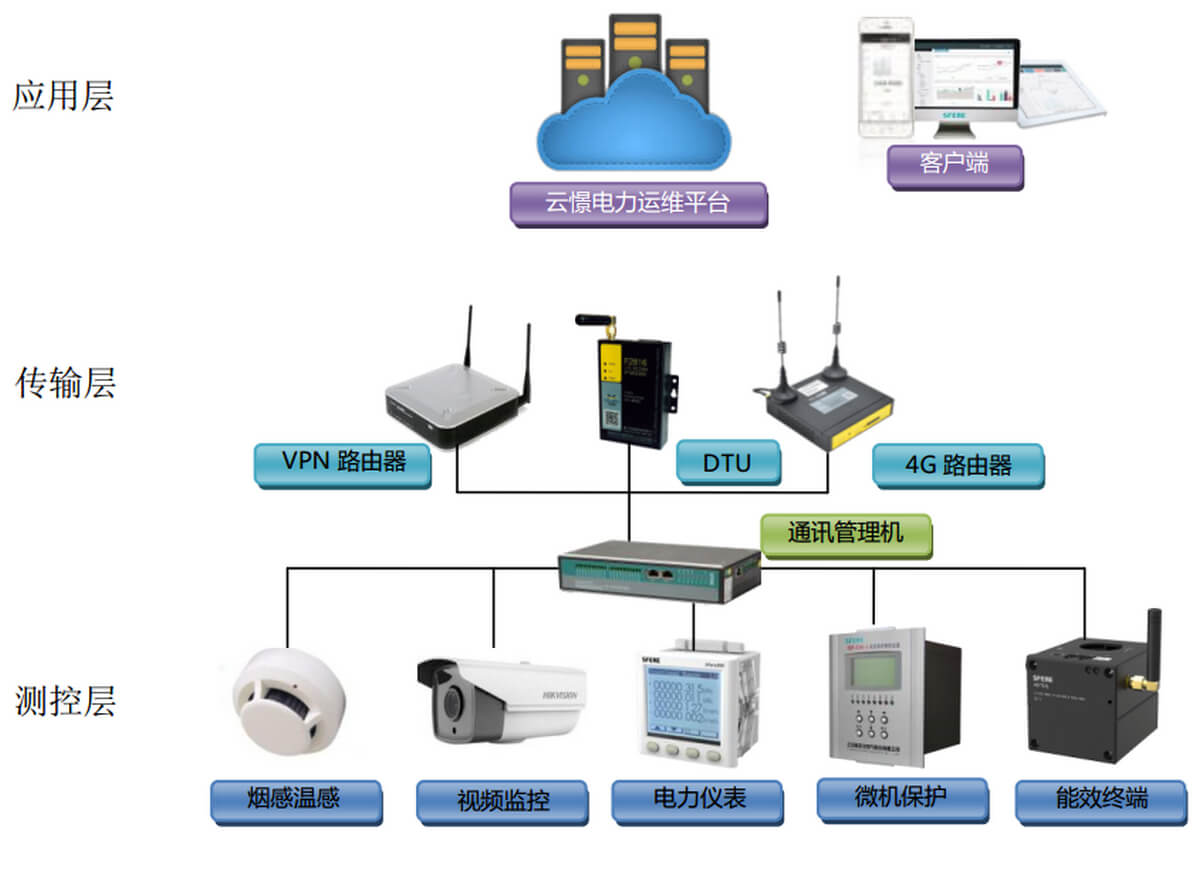
Software architecture
The main architecture of the platform is divided into collection layer, aggregation layer, service layer and application layer. The data collected by the underlying equipment is uploaded to the cloud platform through the gateway. The platform server is deployed based on the DOCKER container. New business content can be added later according to customer needs. It has horizontal scalability. Through distributed server clusters, massive data can be processed in parallel, real-time data analysis and processing The storage service meets the requirements of on-demand deployment, and the API system integration function can be invoked by third-party platforms.

Platform Features
High availability
The software can run across platforms and supports mainstream operating systems such as Windows and Linux. In the event of server failures or program problems, normal business access is guaranteed to avoid single points of failure.
Horizontal scalability
With the increasing business needs of users, the NoSQL non-relational database is adopted, which has high concurrent data processing capabilities and is more convenient to deploy.
Vertical scalability
According to the actual requirements of customers, it is deployed on demand, and the acquisition server, database server and application server are dynamically increased with the number of projects and monitoring points accessed by the user to ensure computing power.
Data security
The transport layer adopts the MQTT protocol, all data uploaded to the cloud platform is encrypted through SSL/TLS authentication, and the server adopts the authentication method to ensure data security.
Easy access to equipment
It can meet the multi-device access of customers (including microcomputer comprehensive protection, power meter, reactive power compensation controller, transformer temperature controller, access control system, security system, etc.), and built-in rich protocols can meet common Modbus-RTU, DLT645, IEC61850, IEC101 /102/103/104, etc., if the customer has a special agreement, it can be developed and customized.
Platform function
The power remote operation and maintenance platform mainly aims to ensure the safety, reliability and stability of users' electricity consumption. Combined with many years of actual on-site operation and maintenance experience, it mainly includes functions such as electricity consumption analysis, energy efficiency calculation, power distribution room inspection, fault handling, etc., to provide users with complete Power monitoring system, electrical fire monitoring system, environmental equipment monitoring system, security monitoring system and other solutions.
With the in-depth development of a new round of power system reform, the state's power demand side management work is also steadily advancing. The Ministry of Industry and the Ministry of Information issued the "Measures for the Evaluation of Industrial Enterprises Implementing Power Demand Side Management Work (Trial)" to consolidate the power demand in the industrial field. The basics of side management work. The demand for refined management of electric energy in enterprises is increasing day by day. On the one hand, it improves the internal management capability of the enterprise, and at the same time responds to the national power demand side management, reduces the cost of electricity consumption and improves economic benefits. The introduction of market competition by electricity sales companies has gradually broken the traditional monopoly of the electricity market, and microgrids and distributed generation have become new trends.
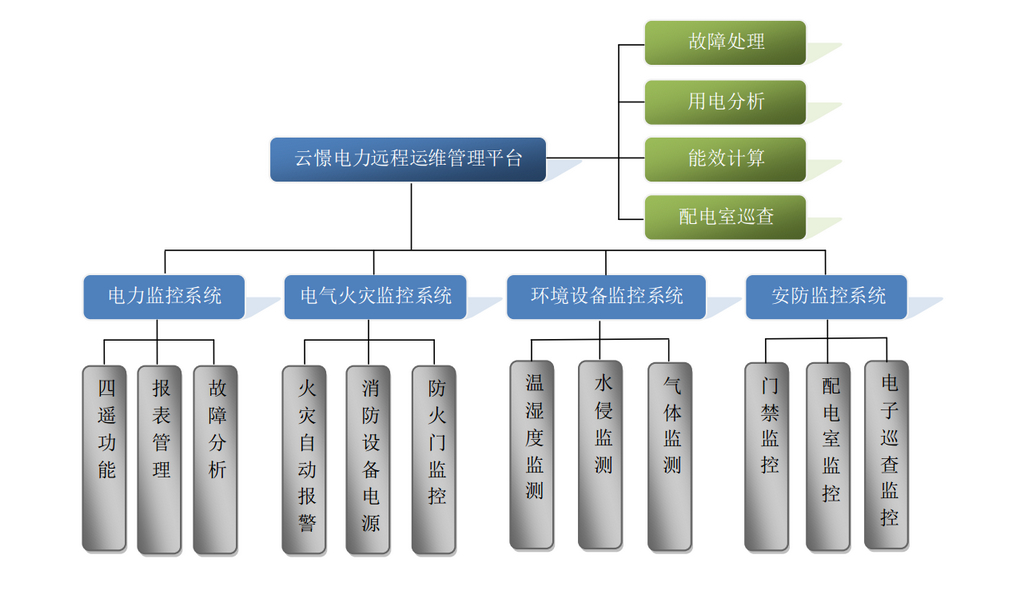
System Functions
Electricity analysis
The power consumption status of each site, the transformer capacity, power data, maximum load and demand, safe operation and alarm display of the site, quickly understand the power consumption status of the site, and can also compare the power consumption of the same period to visually reflect the power consumption trend.

Report statistics and analysis
Statistics on the operation data of each circuit, the real-time data can be exported in EXCEL format, and can provide historical data reports, sub-item reports, power quality reports, daily reports, monthly reports, quarterly reports, annual reports, etc. Bar charts, etc., intuitively reflect the operation of the system, meet the different needs of users, and provide basic data for later energy-saving renovation services.
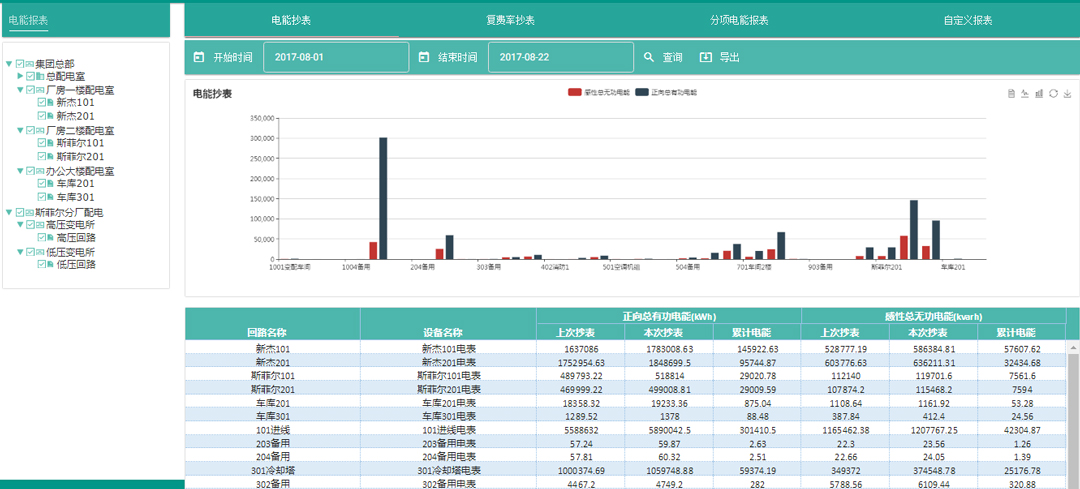
Event alarm and record
Real-time monitoring of the running status of each circuit, if there is an abnormal situation, it will immediately prompt and issue an audible and visual alarm, and customers can perform accident analysis through historical records retrospective.
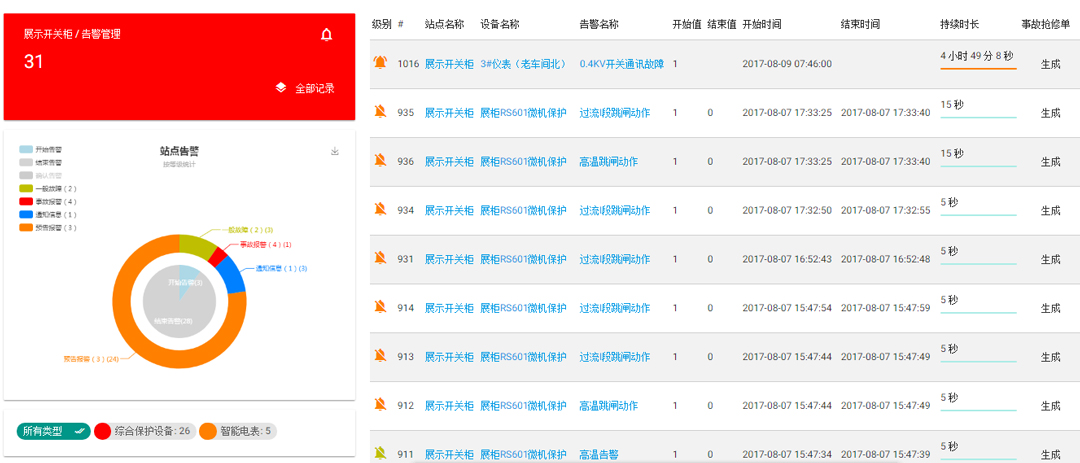
Video surveillance
By installing camera equipment on site, the environment of the power distribution room can be monitored in real time. Greatly improve the efficiency of operation and maintenance staff and reduce on-site round-trip time.
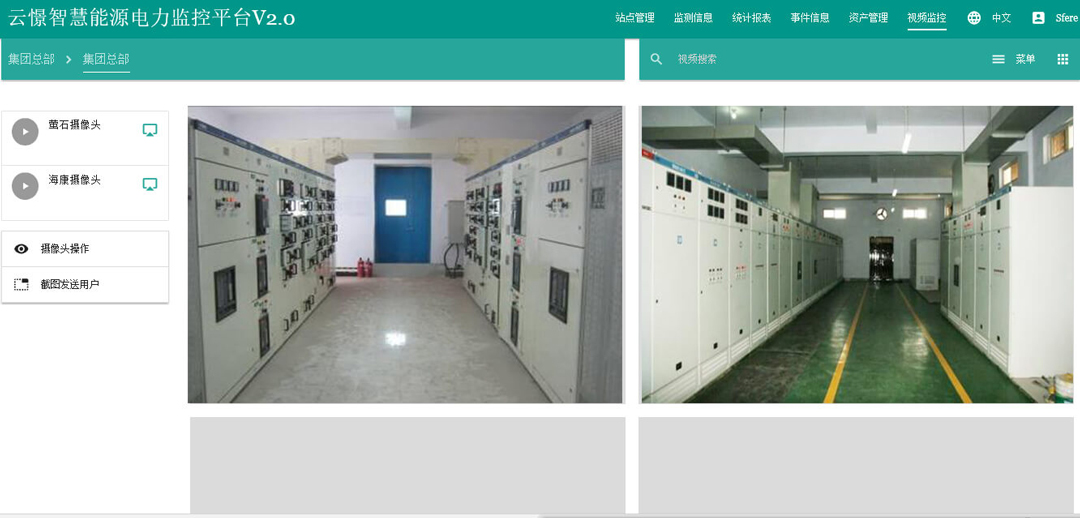
Mobile APP and SMS alarm
View the real-time data, status, and alarm accident information of all substations through the mobile APP, which is convenient for users to view the system operation anytime and anywhere.


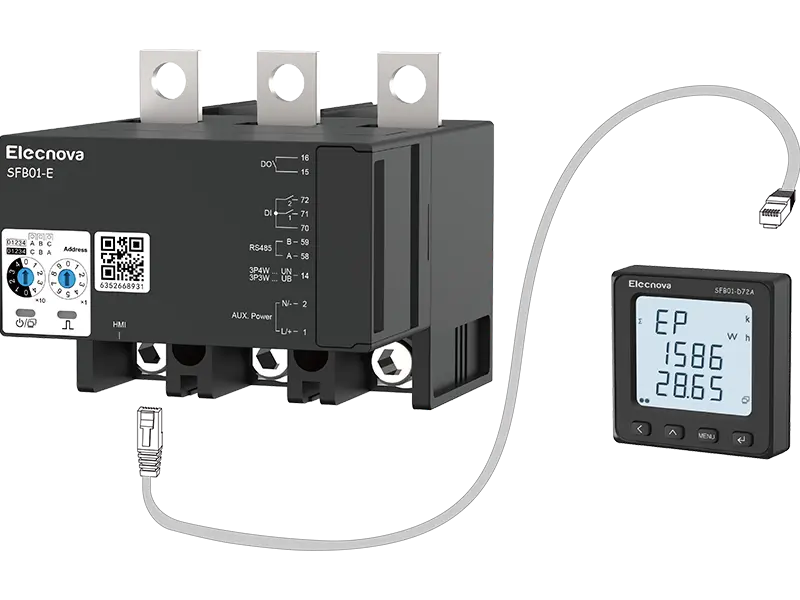
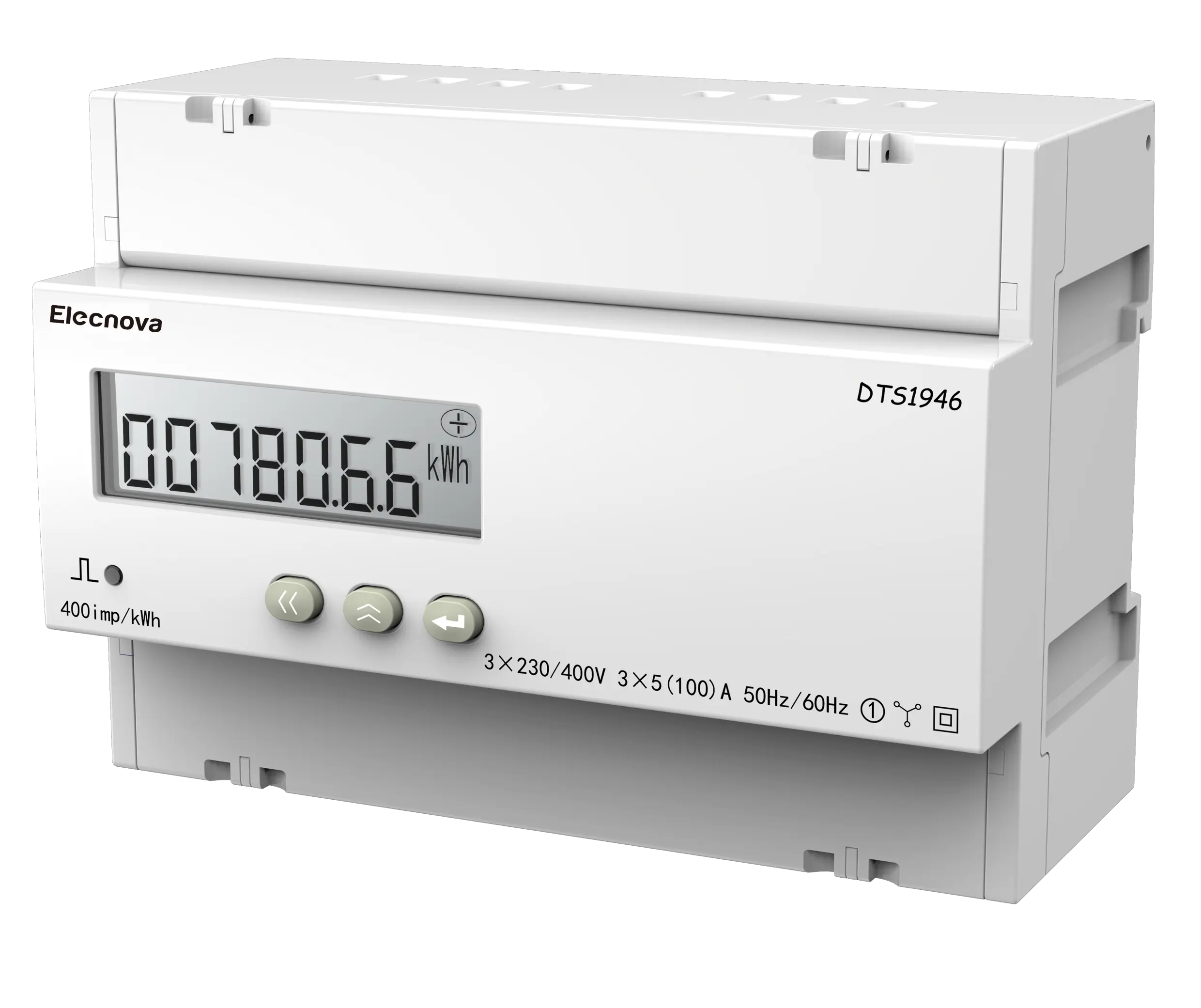
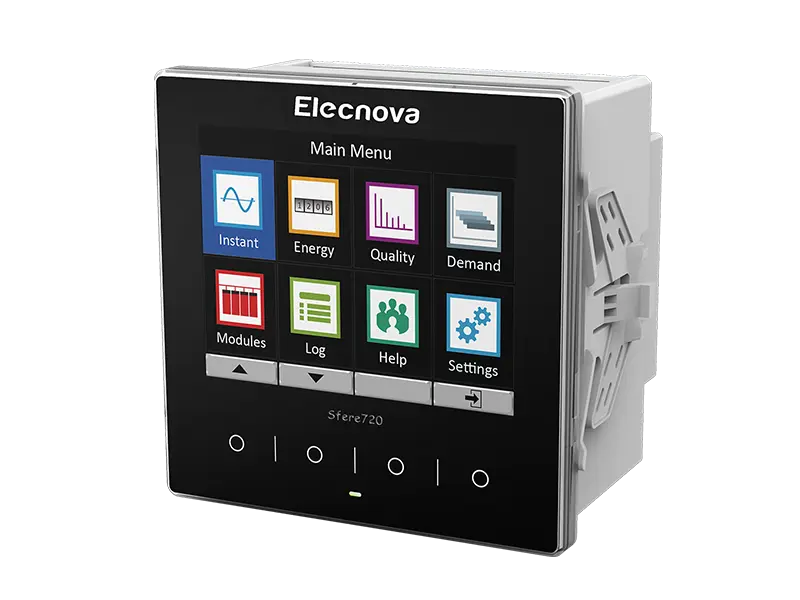
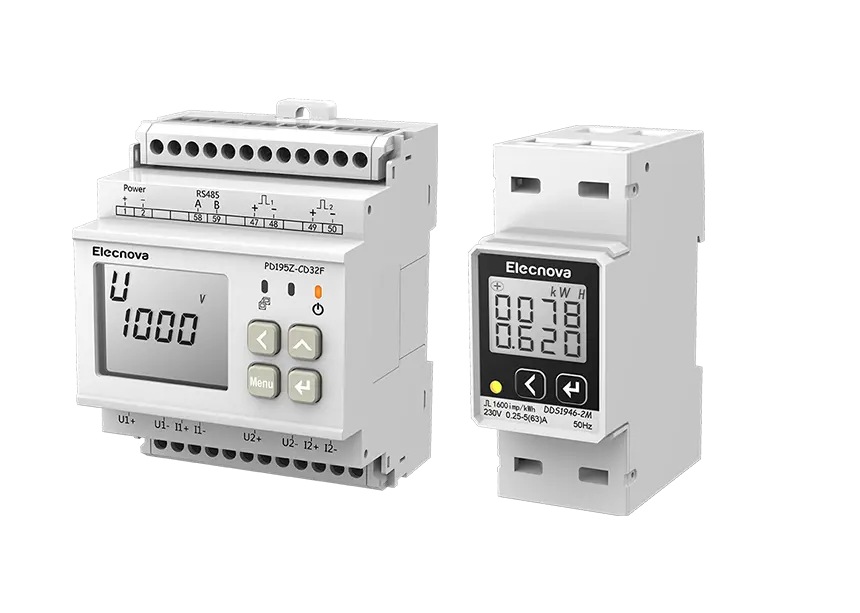
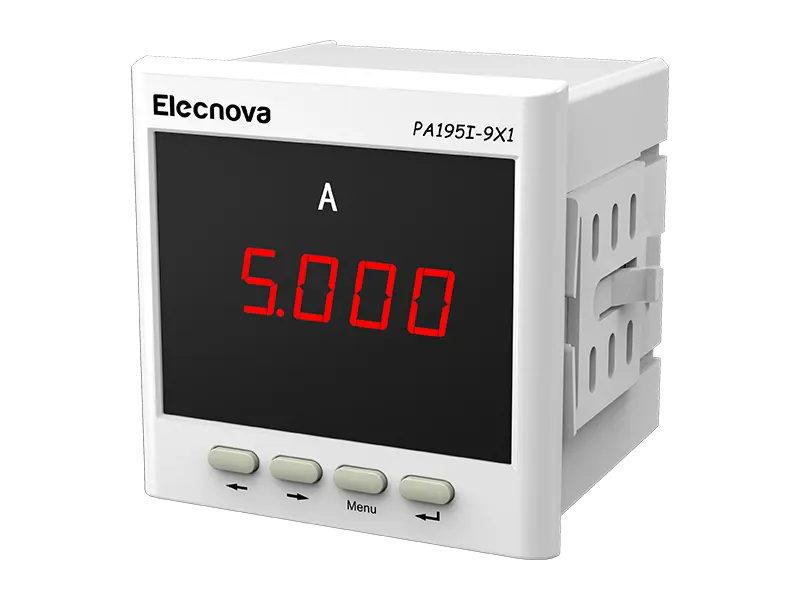
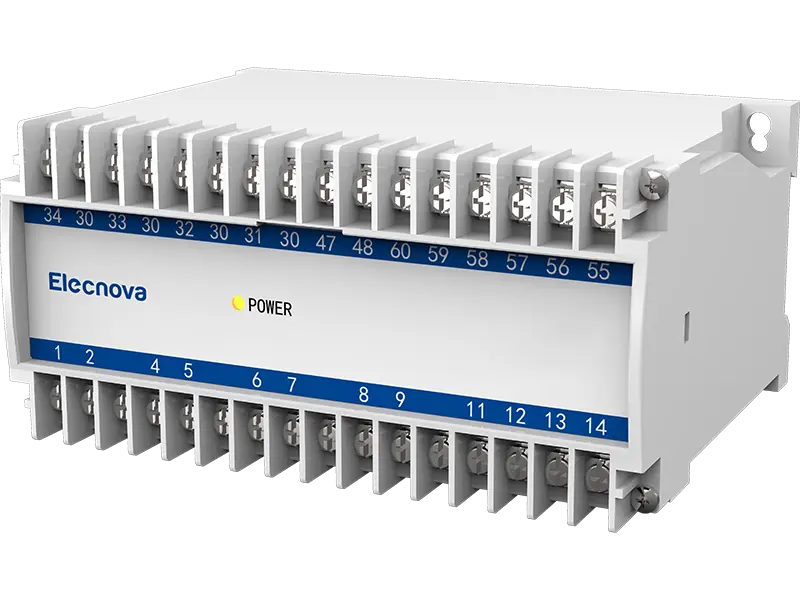
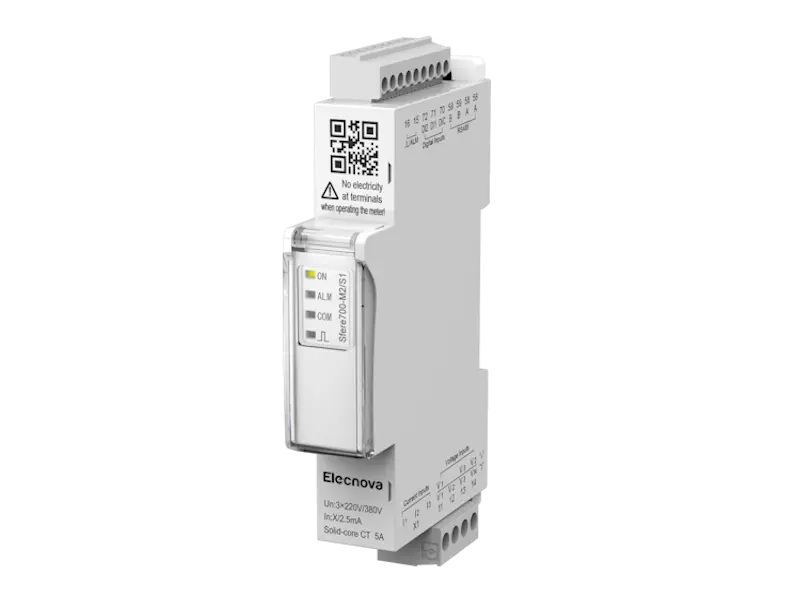
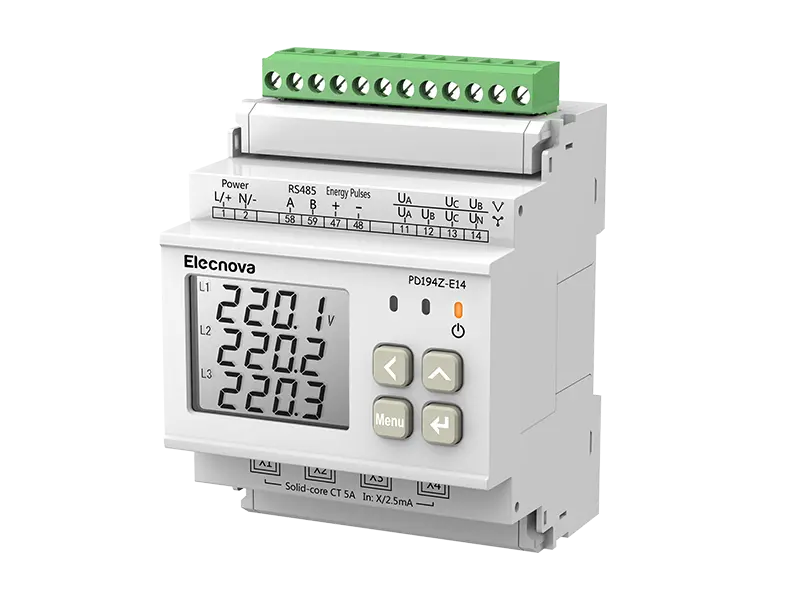
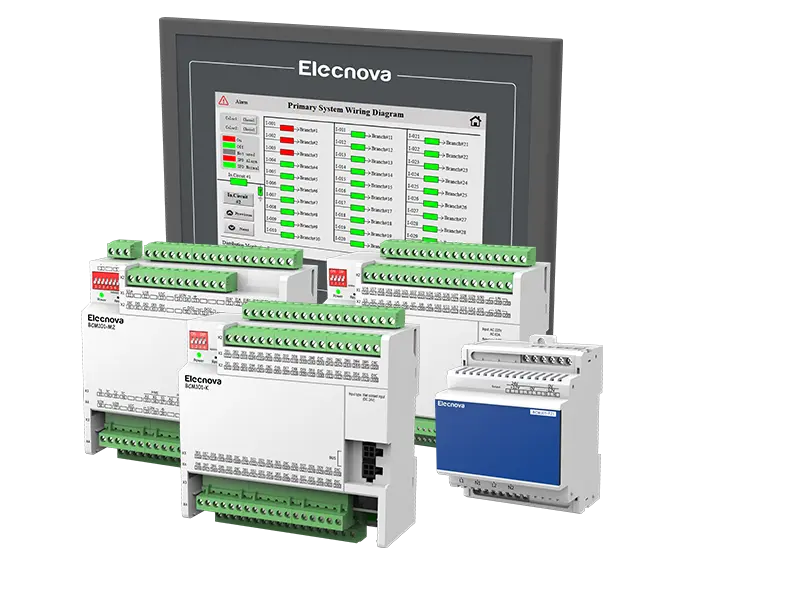

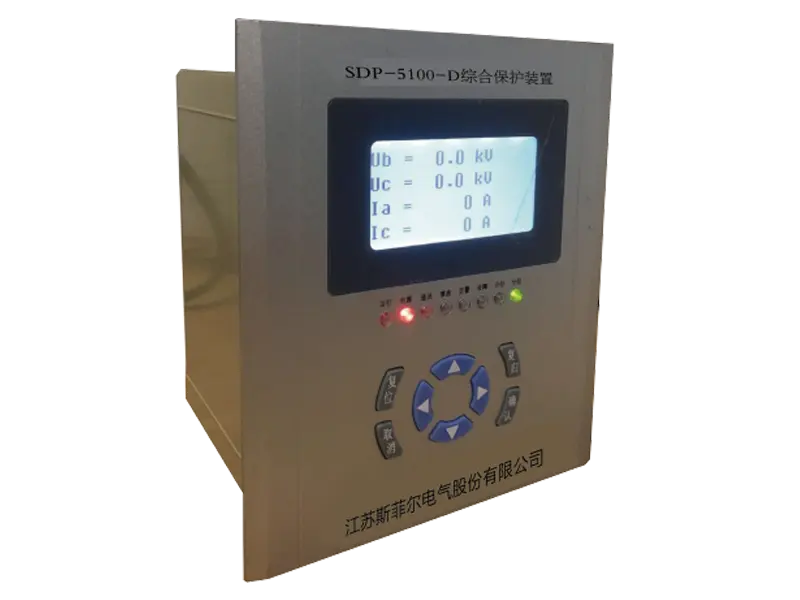
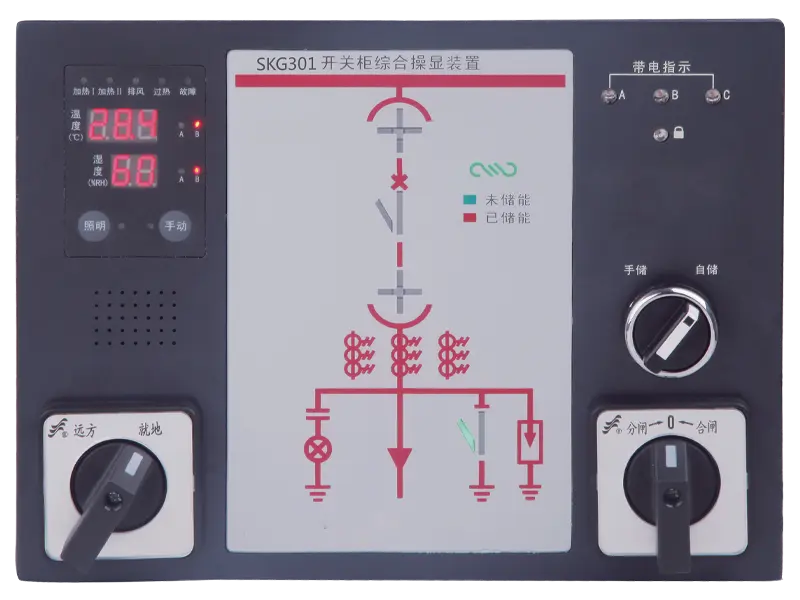
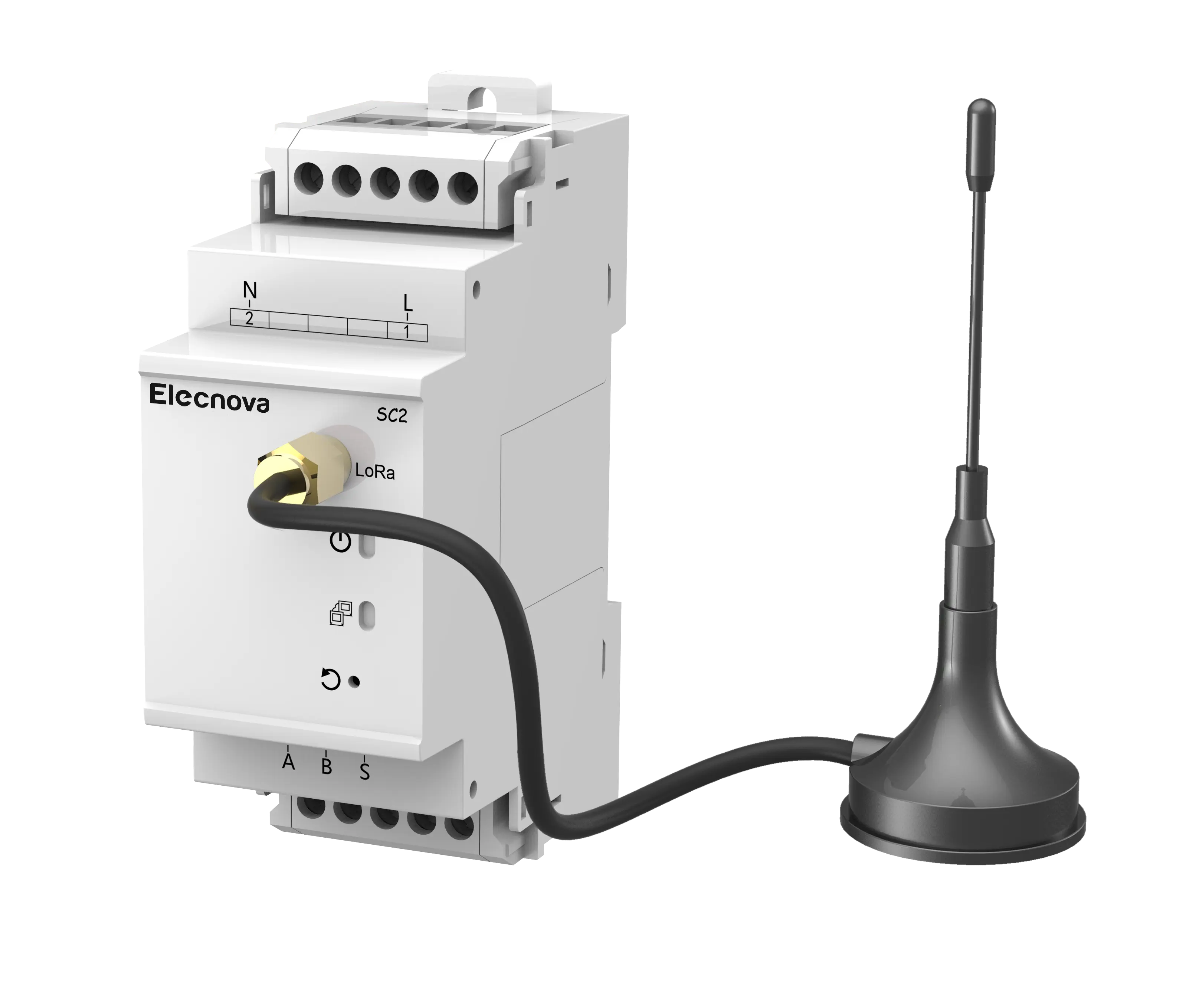
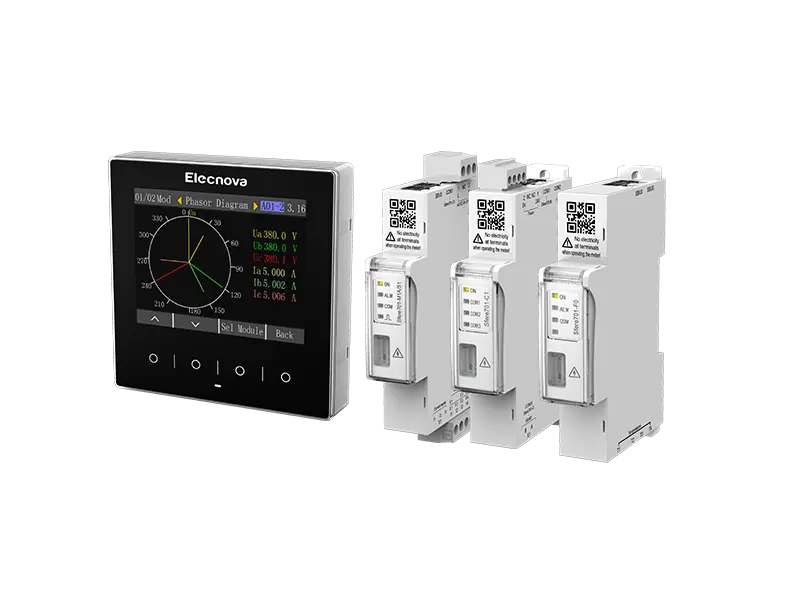
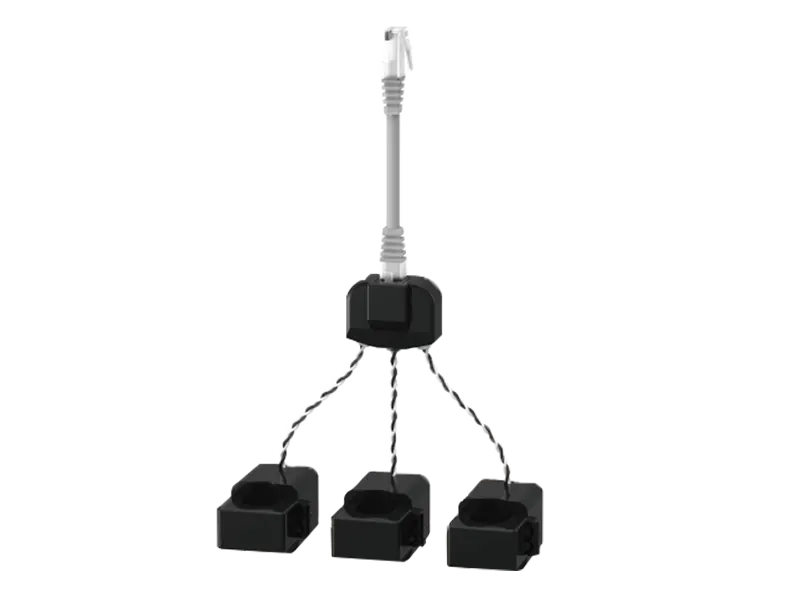

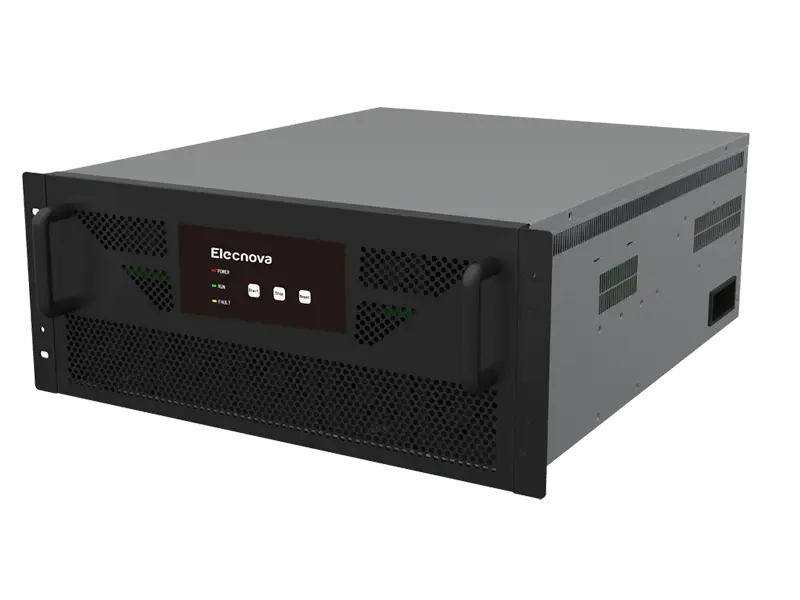
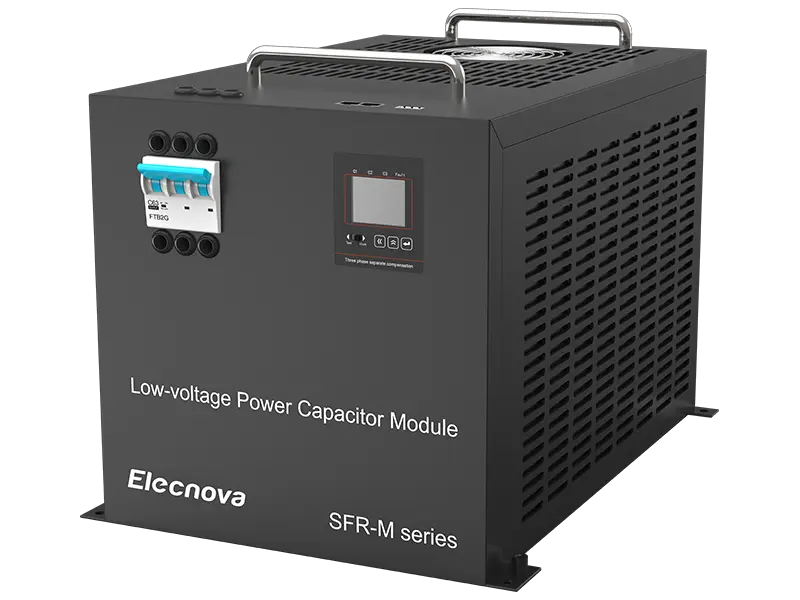
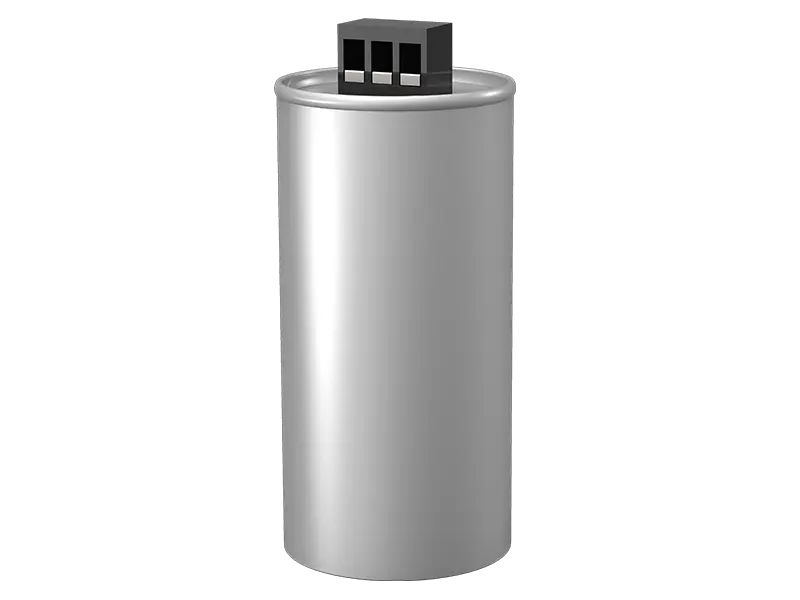
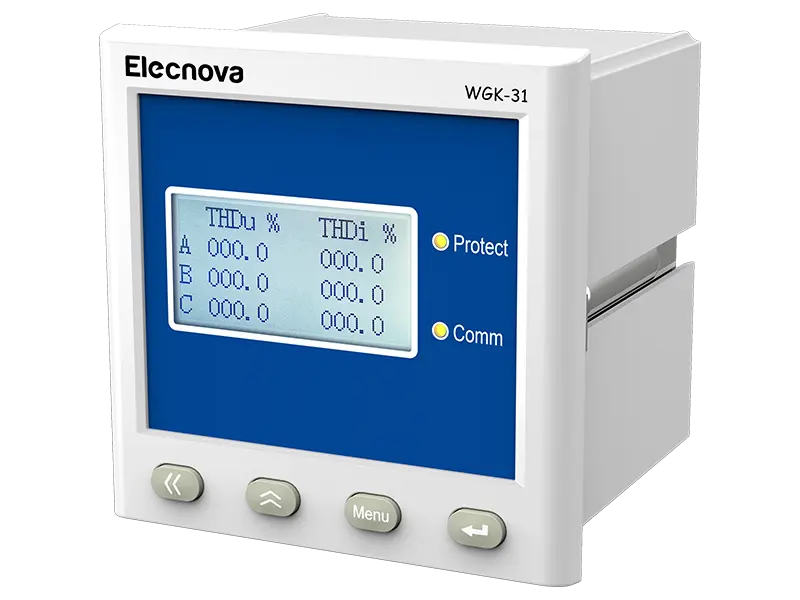
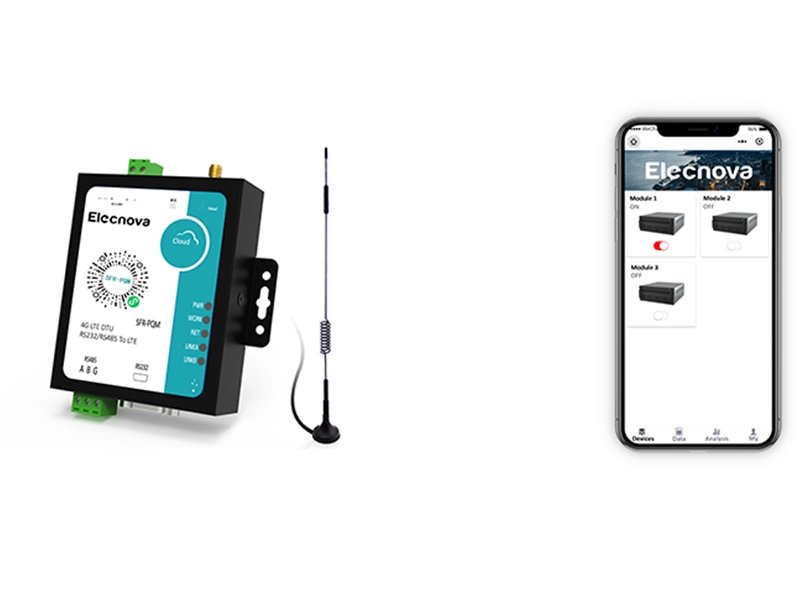
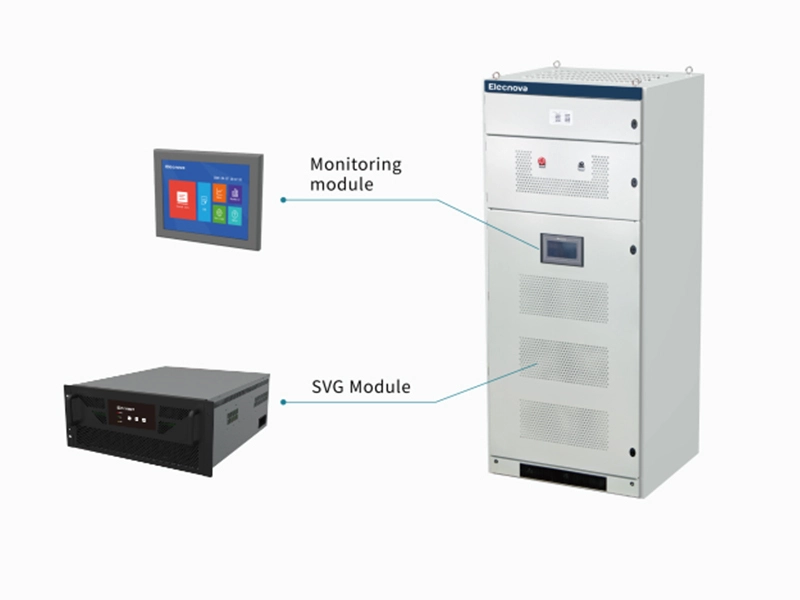
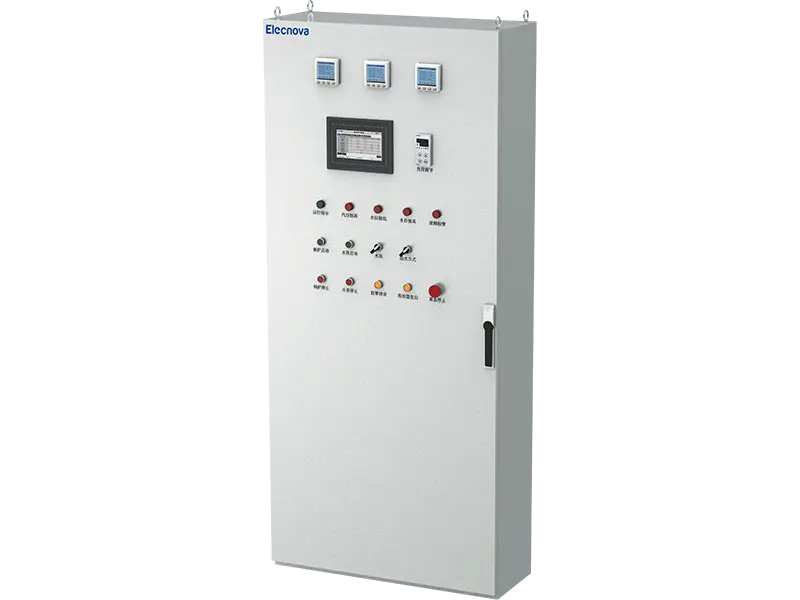
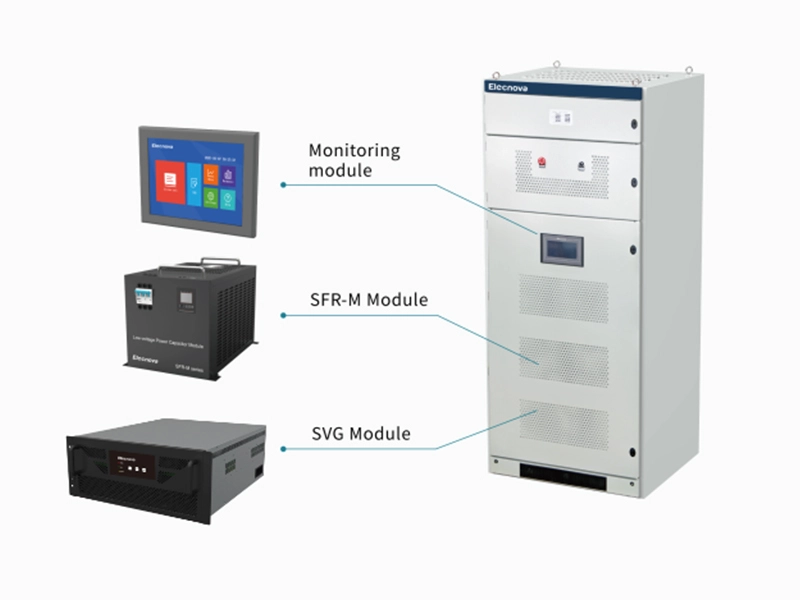
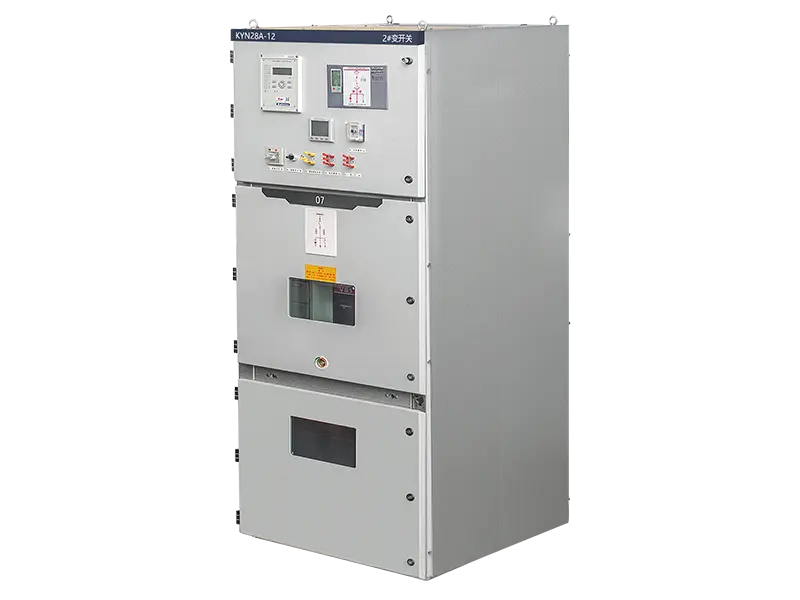
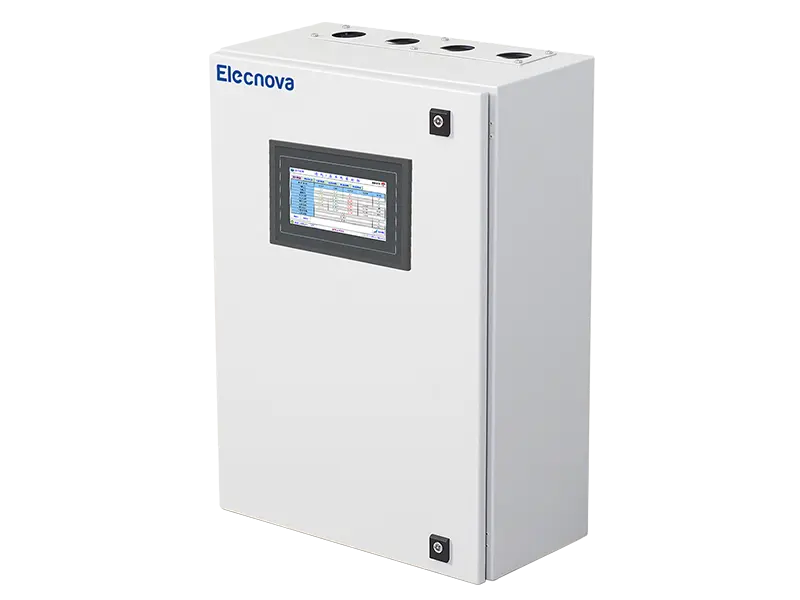
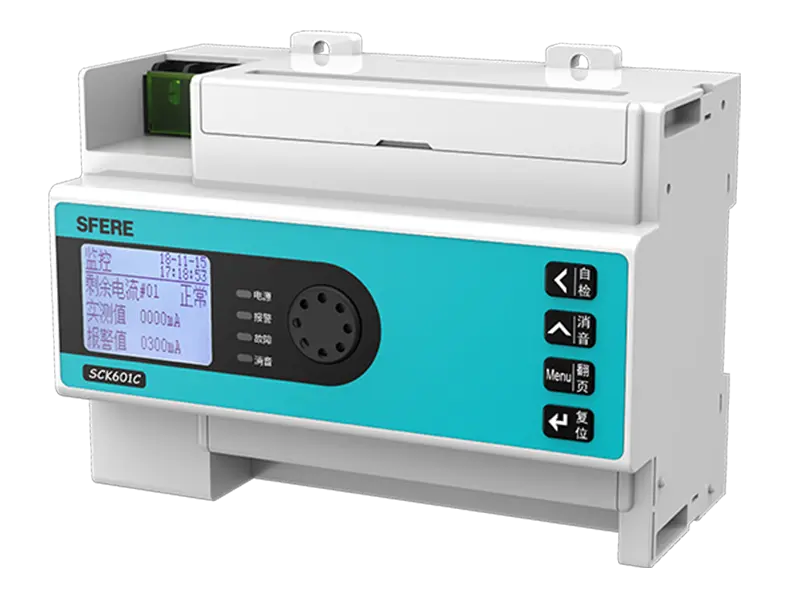
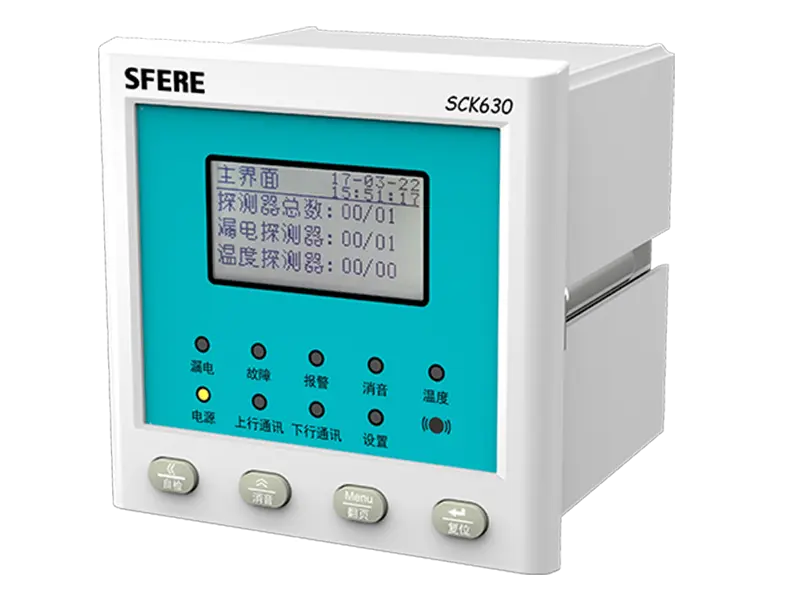
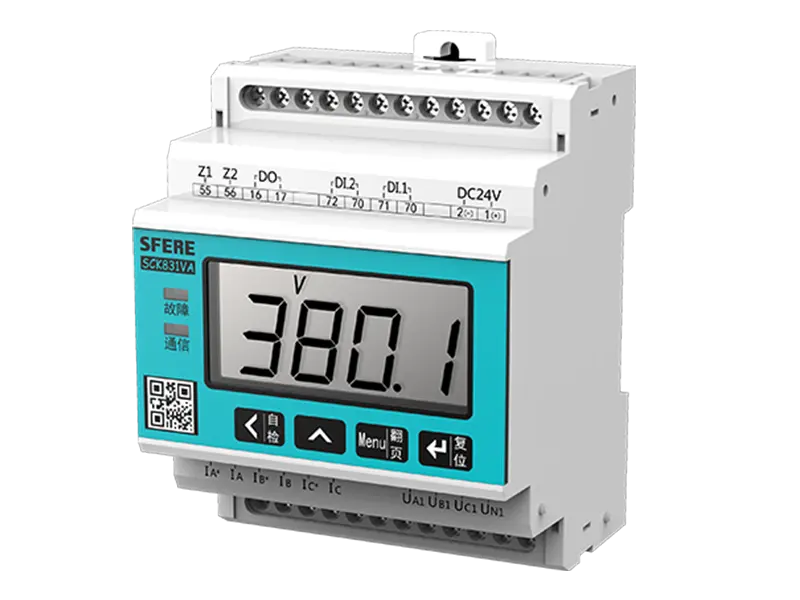
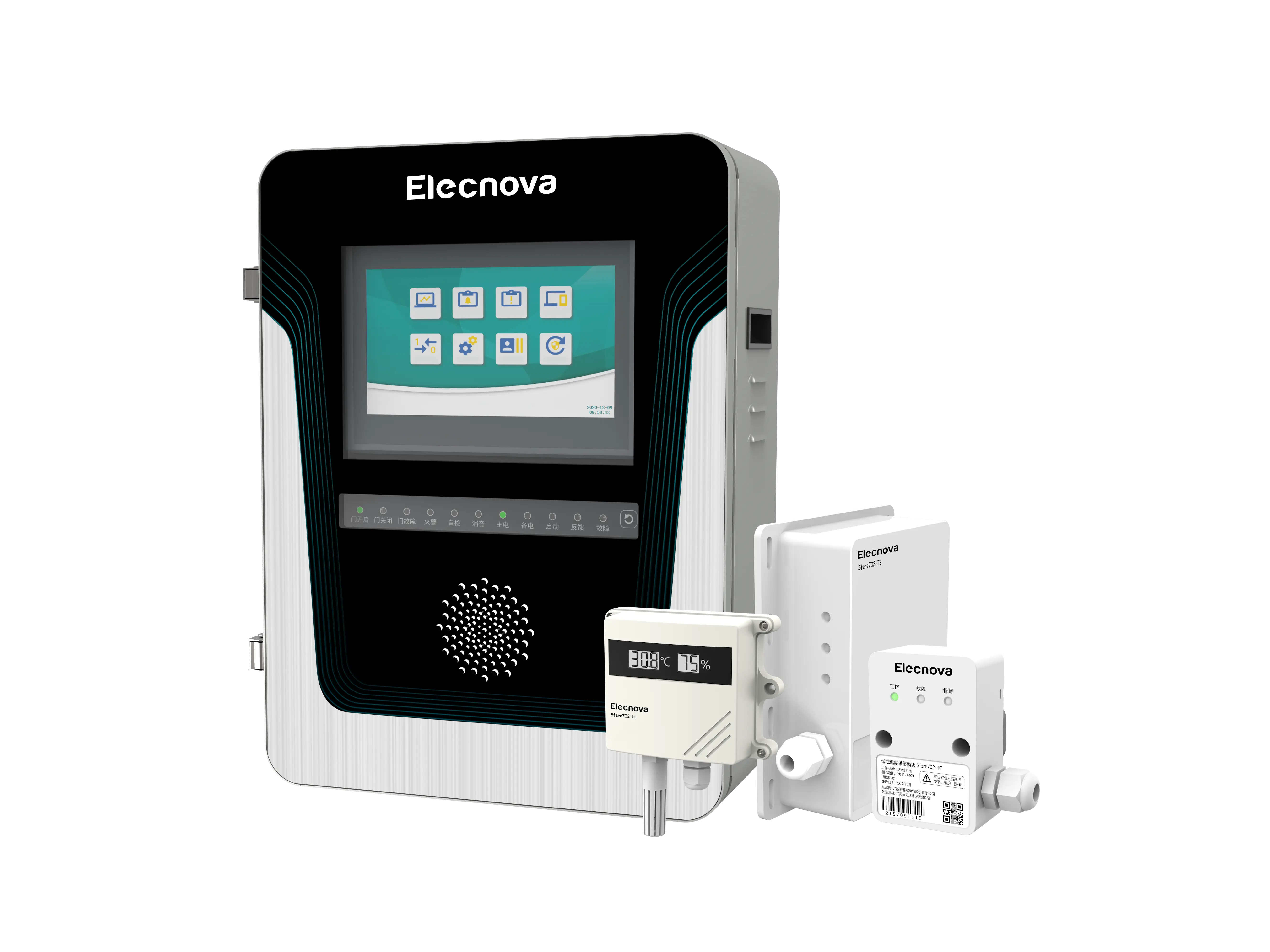
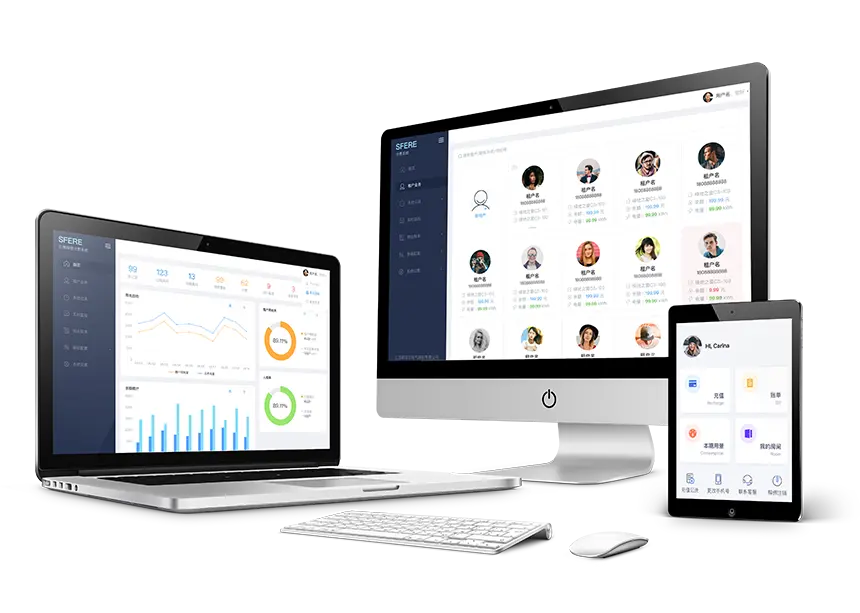
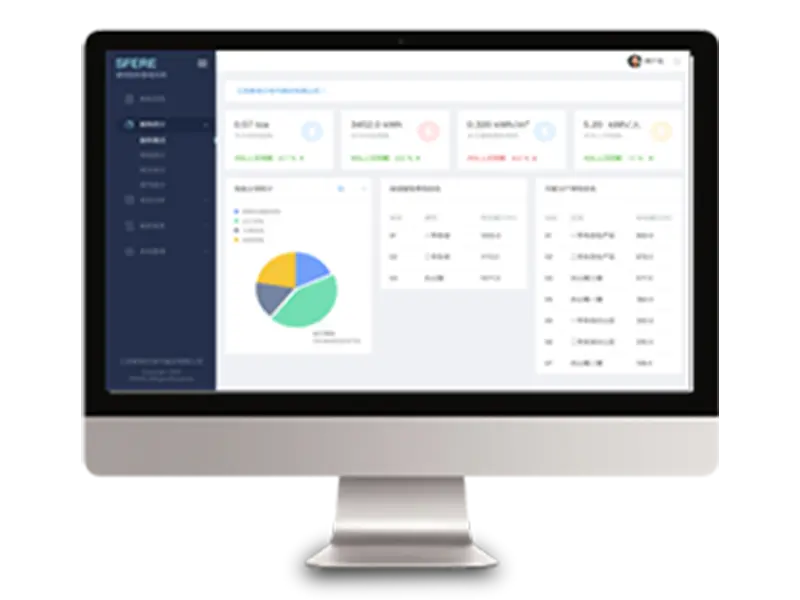
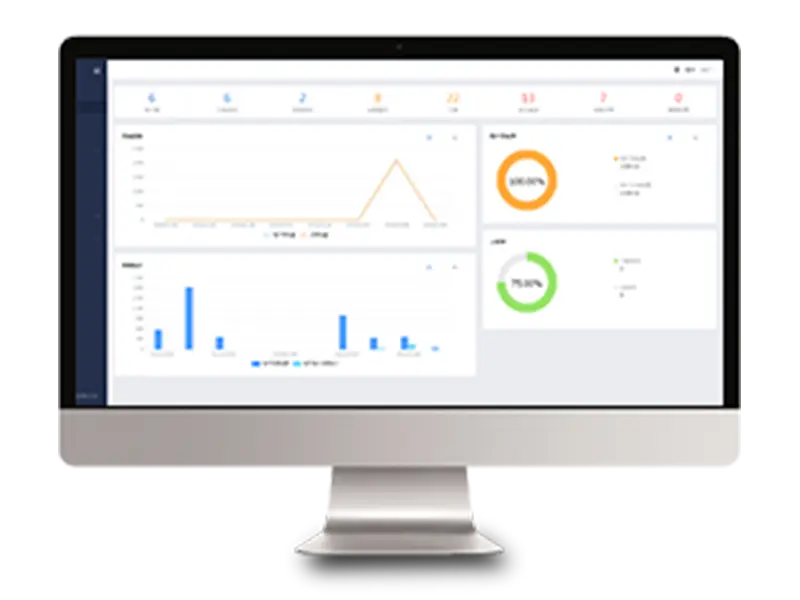
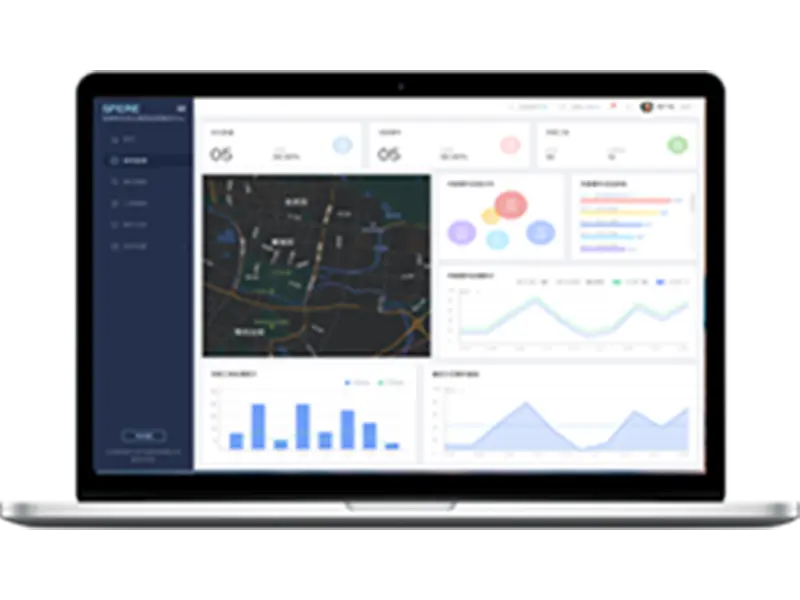
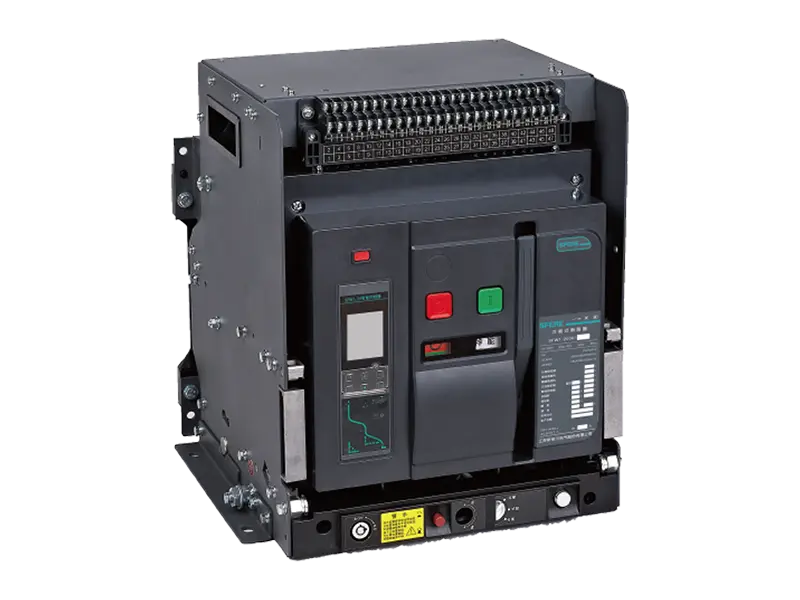
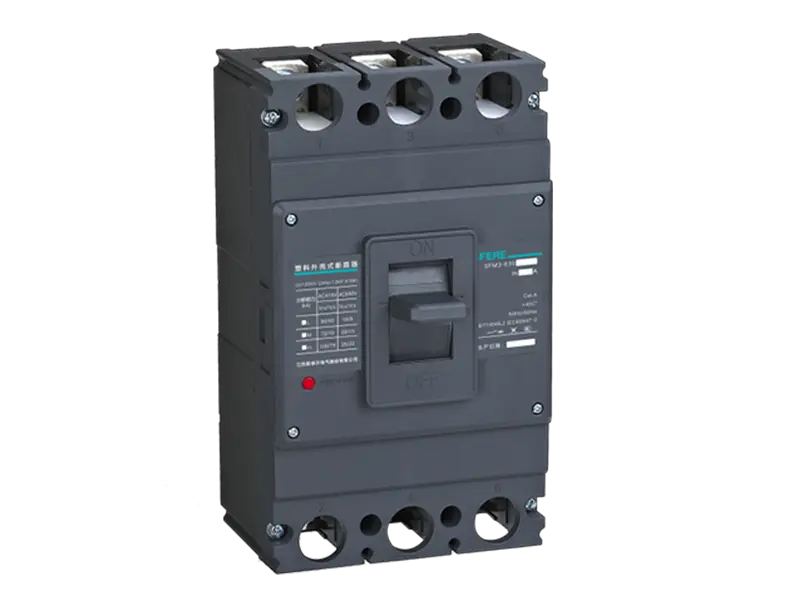
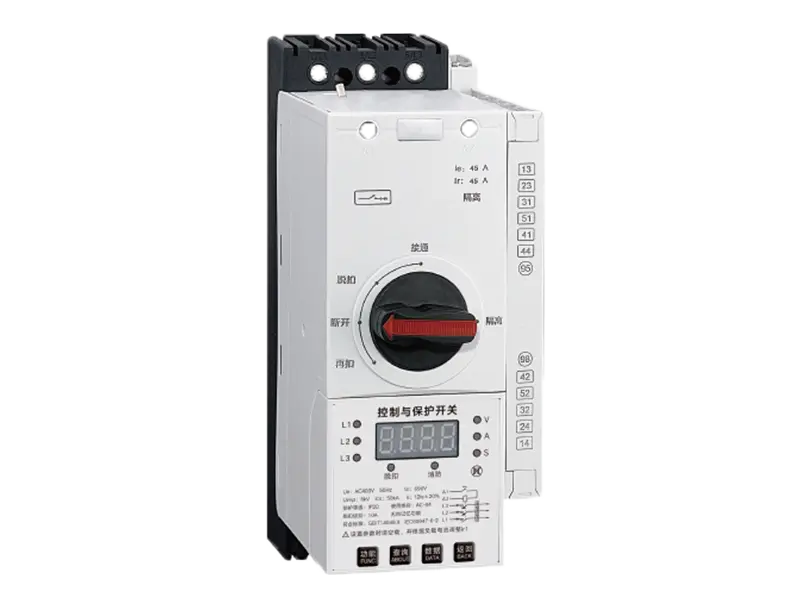
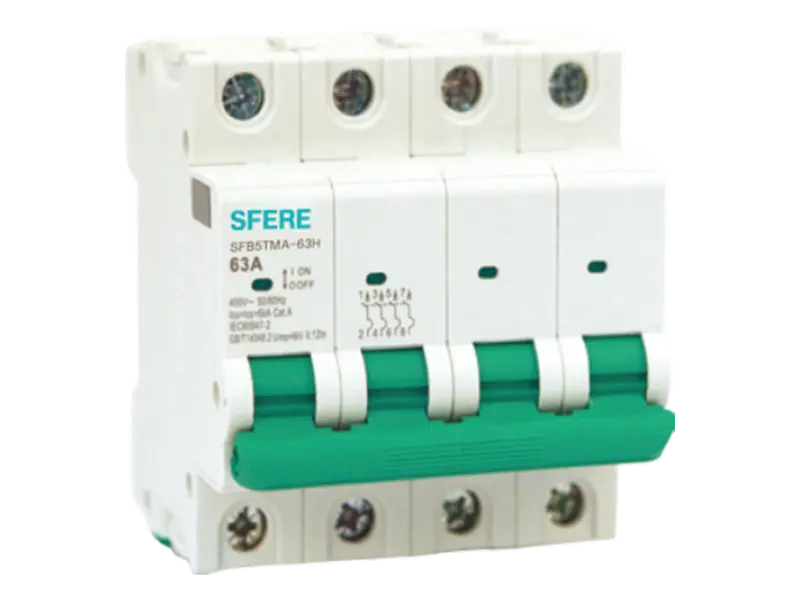
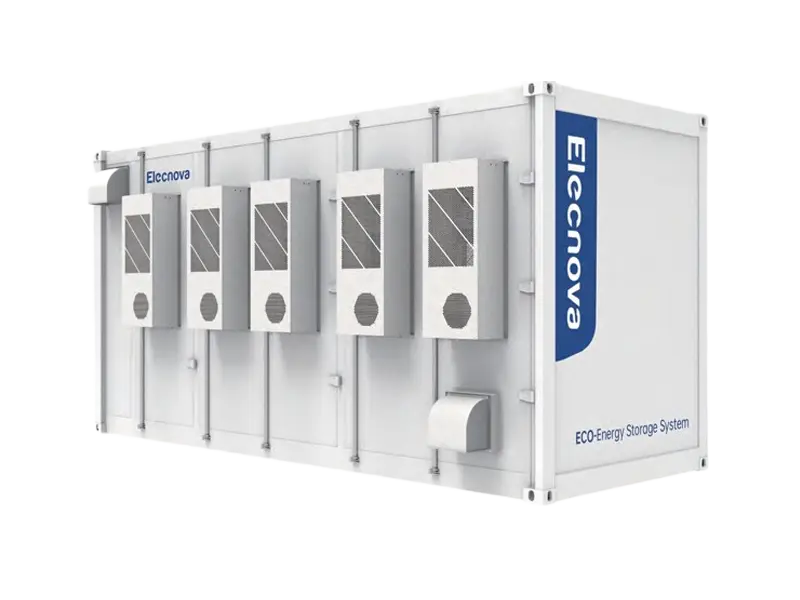
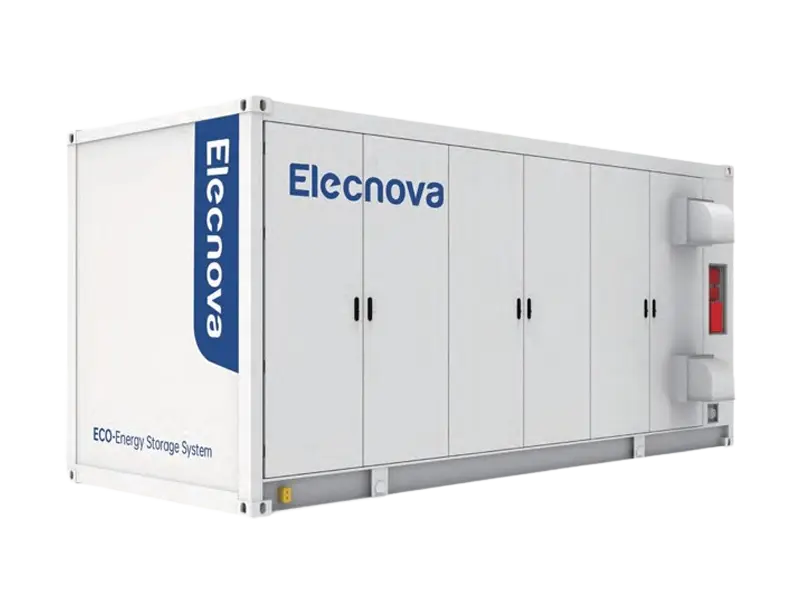
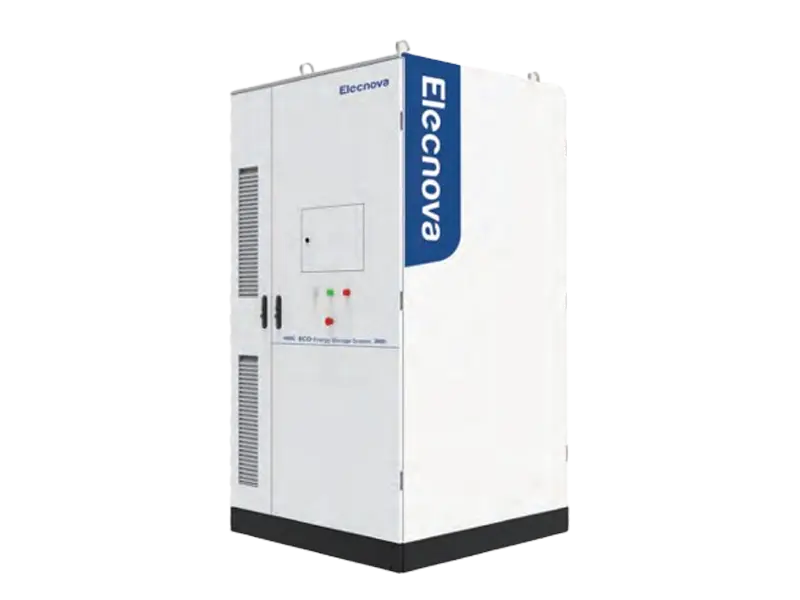
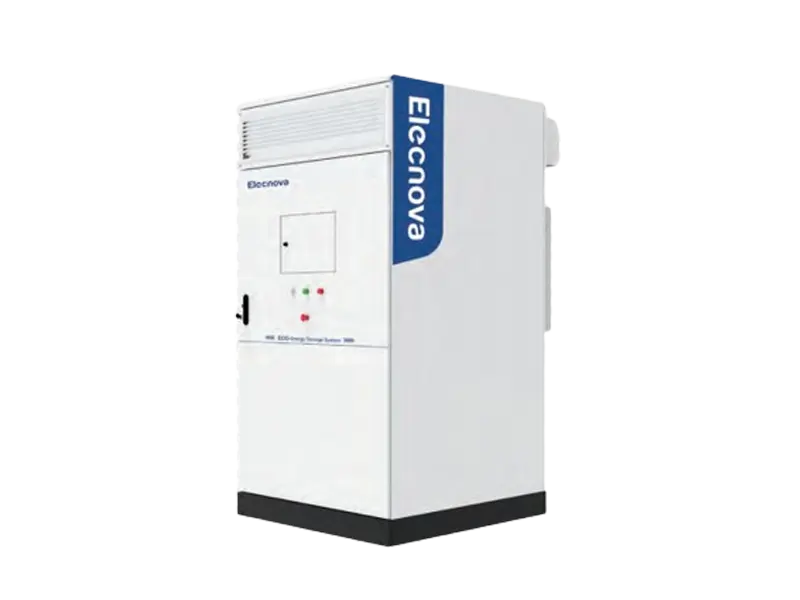
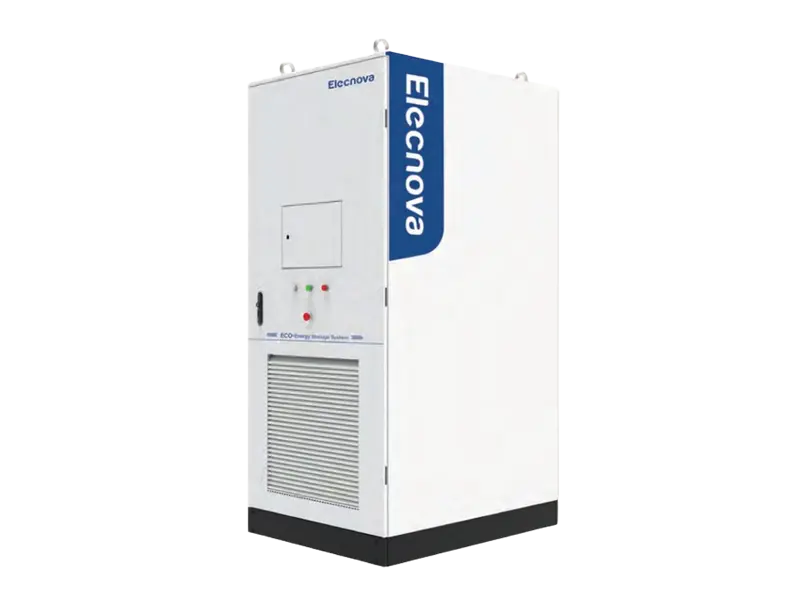

 CN
CN EN
EN
 fr
fr  de
de  es
es  it
it  ru
ru  ar
ar  vi
vi  tr
tr  th
th 